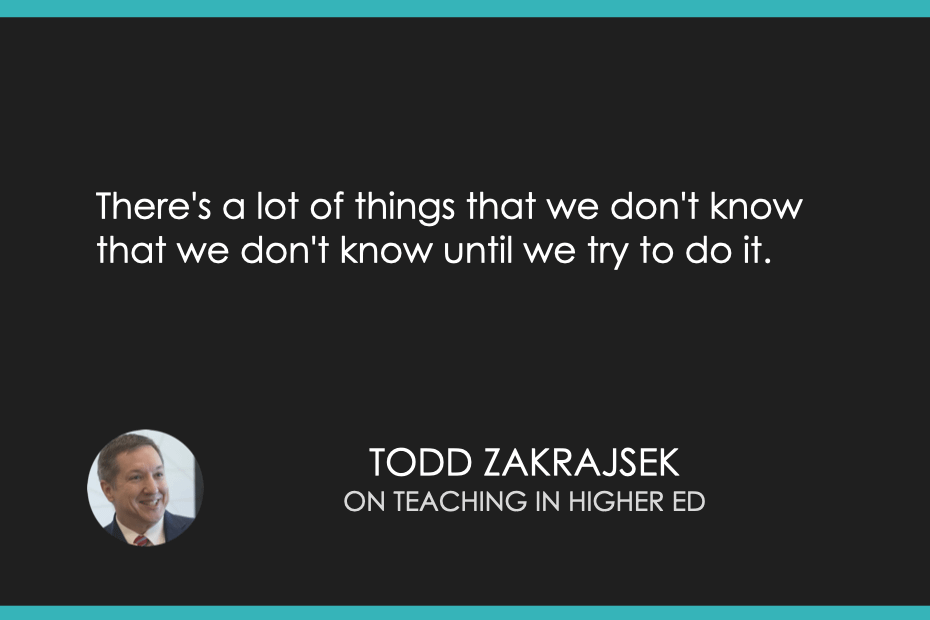
 Teaching in Higher Ed
Teaching in Higher Ed Classroom Assessment Techniques
28 snips
Jan 23, 2025 Todd Zakrajsek, an expert in college teaching and author of "Classroom Assessment Techniques," explores pivotal strategies for engaging learners. He emphasizes the importance of understanding student anxieties around assessments, advocating for interactive methods to enhance comprehension. Zakrajsek highlights the balance between formative and summative assessments while sharing anecdotes from psychology classes. He also discusses fostering critical thinking, the necessity of meaningful assessments, and shares tools like virtual brainstorming to transform classroom dynamics.
AI Snips
Chapters
Books
Transcript
Episode notes
Driving Test Anxiety
- Bonnie Stachowiak shared her anxiety about a recent driver's license test.
- The test's format, describing signs instead of showing them, added to her stress.
PhD vs. MD Test Habits
- Todd Zakrajsek humorously compared PhDs and physicians' test-taking approaches.
- PhDs over-prepare, while physicians retake tests until they pass.
Classroom Assessment Techniques
- Classroom Assessment Techniques (CATs) help gauge student understanding in real-time.
- CATs reveal what students know and don't know, guiding instruction.



